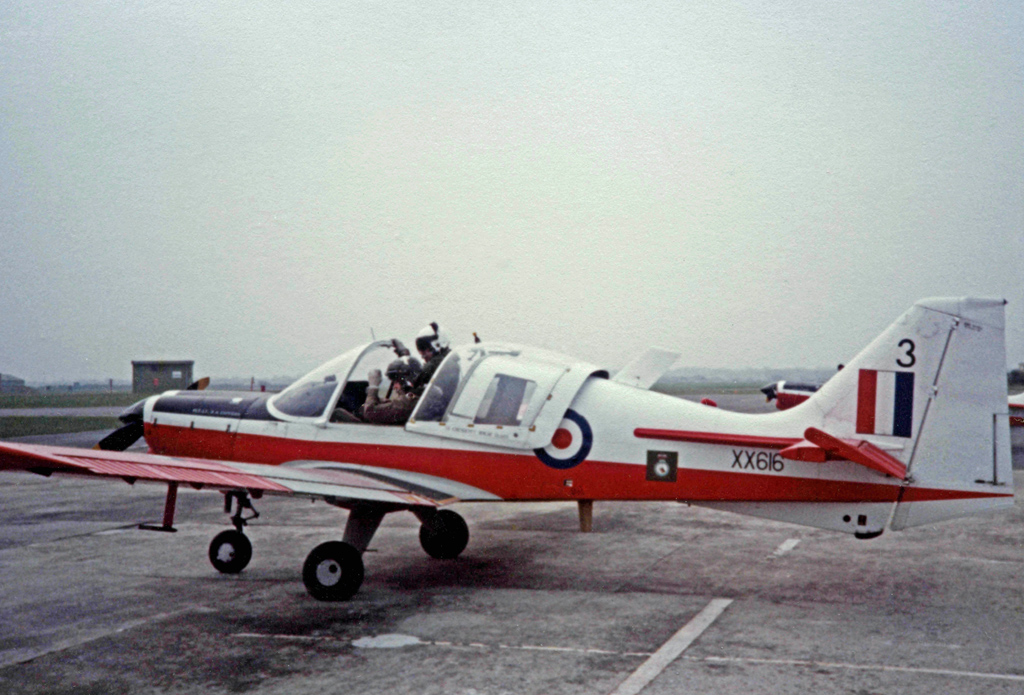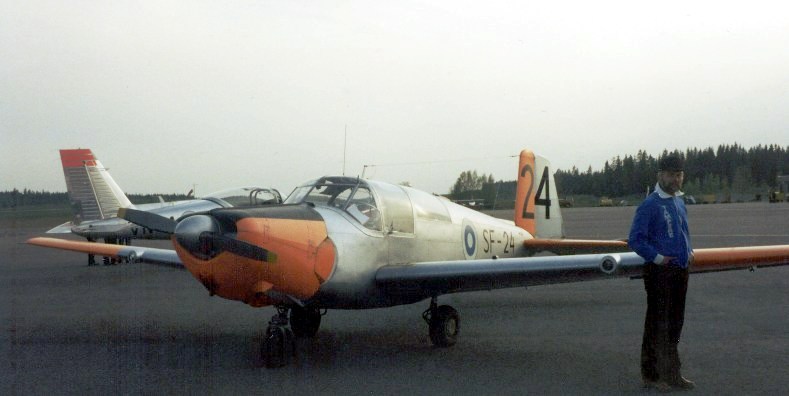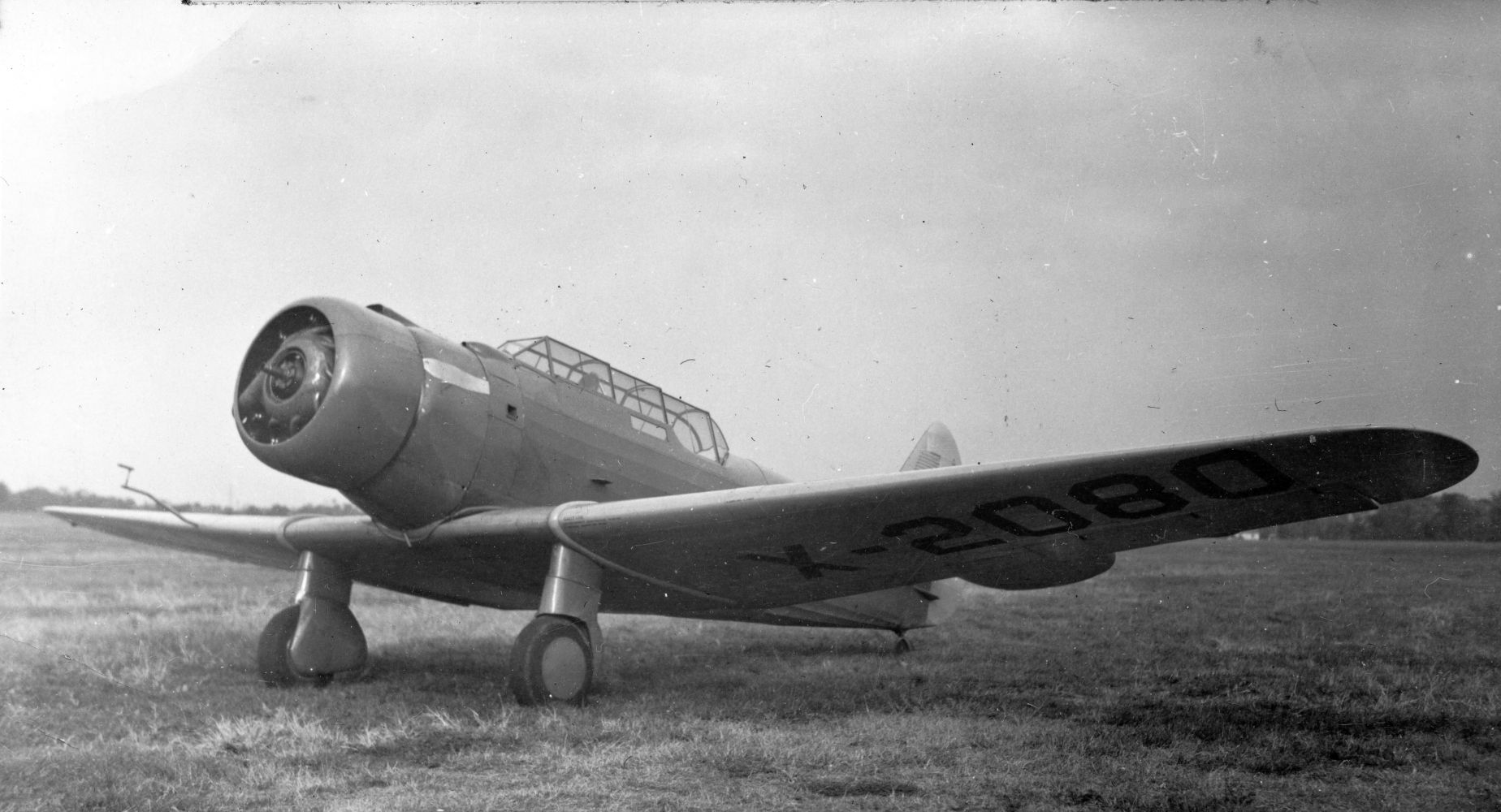|
Hälsinge Wing
Hälsinge Wing ( sv, Hälsinge flygflottilj), also F 15 Söderhamn, or simply F 15, is a former Swedish Air Force wing with the main base located near Söderhamn in northern Sweden. Heraldry and traditions Coat of arms The first coat of arms of the Hälsinge Wing was used from 1945 to 1994. Blazon: "Sable, the provincial badge of Hälsingland, a buck rampant or, armed and langued gules." The second coat of arms was used from 1994 to 1997. Blazon: "Sable, the provincial badge of Hälsingland, a buck rampant or, armed and langued gules, a chief azure over a barrulet or, charged with a winged twobladed propeller of the last colour." File:HMS Hälsingland vapen.svg, Coat of arms used from 1945 to 1994. File:Hälsinge flygflottilj vapen.svg, Coat of arms used from 1994 to 1997. Colours, standards and guidons A colour was presented to the wing in Söderhamn in March 1949 by the Chief of the Air Force, Lieutenant General Bengt Nordenskiöld. Blazon: "On blue cloth in the centre the ... [...More Info...] [...Related Items...] OR: [Wikipedia] [Google] [Baidu] |
Saab 17
The Saab 17 is a Swedish single-engine monoplane reconnaissance dive-bomber aircraft of the 1940s originally developed by ASJA prior to its merger into Saab. It was the first all-metal stressed skin aircraft developed in Sweden. Design and development The project was initiated in response to a 1938 request from the '' Flygvapnet'' (Swedish Air Force) for a reconnaissance aircraft to replace the obsolete Fokker S 6 (C.Ve) sesquiplane. Design work began at the end of the 1930s as the L 10 by ASJA, but once accepted by the '' Flygvapnet'' it was assigned the designations B 17 and S 17 for the bomber and reconnaissance versions respectively, and it became better known as the Saab 17. The design chosen was a conventional mid-wing cantilever monoplane with a long greenhouse canopy and a single radial engine in the nose. Control surfaces were covered in fabric but the remainder was stressed-skin duraluminum. It could be fitted with wheels or skiis, both of which retracted straight ... [...More Info...] [...Related Items...] OR: [Wikipedia] [Google] [Baidu] |
Scottish Aviation Bulldog
The Scottish Aviation Bulldog is a British two-seat side-by-side (with optional third seat) training aircraft designed by Beagle Aircraft as the B.125 Bulldog. The prototype Bulldog flew on 19 May 1969 at Shoreham Airport. The first order for the type was for 78 from the Swedish Air Board. Before any production aircraft were built, Beagle Aircraft ceased trading and the production rights for the aircraft, with the Swedish order, were taken over by Scottish Aviation (Bulldog) Limited. All subsequent aircraft were built at Prestwick Airport by Scottish Aviation, and later by British Aerospace. Operational history Sweden The first 58 aircraft (known as the SK 61A and SK 61B) were delivered to the Swedish Air Force in 1971. Twenty more aircraft were delivered to the Swedish Army as FPL 61C in 1972, although these were transferred to the Air Force in 1989 as SK 61C. By 2001 all the Swedish aircraft had been withdrawn from military service. 26 were bought in 2004 by the Hungarian ... [...More Info...] [...Related Items...] OR: [Wikipedia] [Google] [Baidu] |
Saab 105
The Saab 105 is a Swedish high-wing, twinjet trainer aircraft developed in the early 1960s as a private venture by Saab AB. The Swedish Air Force, which had opted to procure the type for various roles, issued the aircraft with the designation Sk 60. The Sk 60 entered service in 1967, replacing the ageing De Havilland Vampire fleet. The Swedish Air Force bought a total of 150 aircraft and another 40 were exported to Austria, designated Saab 105Ö. The Saab 105 is also the aircraft used by Swedish Air Force display team Team 60 and was formerly used by two display teams of the Austrian Air Force, "Karo As" and "Silver Birds". Development In 1959, development of what would be subsequently designated as the Saab 105 was initiated by Saab. The company had decided to develop the aircraft as a private venture and intended for the type to be capable of serving in a wide variety of military and civil capacities. In a military capacity, the 105 can be operated as a jet trainer, conduct ae ... [...More Info...] [...Related Items...] OR: [Wikipedia] [Google] [Baidu] |
Saab 91 Safir
The Saab 91 Safir (Swedish for sapphire) is a three (91A, B, B-2) or four (91C, D) seater, single engine trainer aircraft. The Safir was built by Saab AB in Linköping, Sweden (203 aircraft) and by '' De Schelde'' in Dordrecht, Netherlands (120 aircraft). Design and development Development of the Safir began in 1944 as part of a plan to compensate for reductions in orders for military aircraft when the Second World War finally ended. Three major civil programmes were planned, the Type 90 Scandia airliner, the Type 91 Safir light aircraft and the Saab 92 motor car. The Safir was designed by Anders J. Andersson, who had previously worked for Bücker, where he had designed the all-wood Bücker Bü 181 "Bestmann". The Safir thus shared many conceptual design features with the Bestmann. It was primarily of metal construction, although it did have fabric-covered control surfaces. Development was slowed by the need to concentrate on more urgent military work, and by industrial actio ... [...More Info...] [...Related Items...] OR: [Wikipedia] [Google] [Baidu] |
North American T-6 Texan
The North American Aviation T-6 Texan is an American single-engined advanced trainer aircraft used to train pilots of the United States Army Air Forces (USAAF), United States Navy, Royal Air Force, Royal Canadian Air Force and other air forces of the British Commonwealth during World War II and into the 1970s. Designed by North American Aviation, the T-6 is known by a variety of designations depending on the model and operating air force. The United States Army Air Corps (USAAC) and USAAF designated it as the AT-6, the United States Navy the SNJ, and British Commonwealth air forces the Harvard, the name by which it is best known outside the US. Starting in 1948, the new United States Air Force (USAF) designated it the T-6, with the USN following in 1962. It remains a popular warbird used for airshow demonstrations and static displays. It has also been used many times to simulate various historical aircraft, including the Japanese Mitsubishi A6M Zero. A total of 15,495 T-6s of a ... [...More Info...] [...Related Items...] OR: [Wikipedia] [Google] [Baidu] |
Klemm Kl 35
The Klemm Kl 35 is a German sporting and training aeroplane developed as a successor to the Kl 25. A product of Klemm Leichtflugzeugbau Gmbh it shared the same single-engine, cantilever low-wing configuration as the earlier machine, the major difference being the introduction of an inverted gull wing. Probably Klemm's most important type,Ketley, Barry, and Rolfe, Mark. ''Luftwaffe Fledglings 1935-1945: Luftwaffe Training Units and their Aircraft'' (Aldershot, GB: Hikoki Publications, 1996), p.12. the fully aerobatic aeroplane was shown for the first time publicly in October 1935 at the international Air Show in Milan and soon found many private buyers. Powered initially by an Hirth HM60R inline, it had fixed undercarriage, mixed wood and fabric covering, and the choice of open or closed cockpit. Powered by the Hirth 60R, it became the Kl 35A (with floats, Kl 35AW), while with the Hirth, it was the Kl 35A (with floats, Kl 35AW). An improved Kl 35D, designed as a ''Luftwaf ... [...More Info...] [...Related Items...] OR: [Wikipedia] [Google] [Baidu] |
North American NA-16
The North American Aviation NA-16 was the first trainer aircraft built by North American Aviation, and was the beginning of a line of closely related North American trainer aircraft that would eventually number more than 17,000 examples, notably the T-6 Texan family. Design and development On 10 December 1934, James Howard "Dutch" Kindelberger, John L. "Lee" Atwood, and H.R. Raynor sketched out the specifications for the NA-16. A key characteristic for the advanced trainer was a closed canopy. The NA-16 is a family of related single-engine, low-wing monoplanes with tandem seating. Variants could have an open cockpit (the prototype and the NA-22) or be under a glass greenhouse that covered both cockpits.Hagedorn 1997, pp. 20–21. On some variants, the rear of the canopy could be opened for a gunner to fire to the rear. A variety of air-cooled radial engines, including the Wright Whirlwind, Pratt & Whitney Wasp and Pratt & Whitney Wasp Junior of varying horsepowers, could b ... [...More Info...] [...Related Items...] OR: [Wikipedia] [Google] [Baidu] |
Focke-Wulf Fw 44
The Focke-Wulf Fw 44 ''Stieglitz'' ("Goldfinch") is a 1930s German two-seat biplane. An early design by Kurt Tank, it was produced by the Focke-Wulf company as a pilot training and sports flying aircraft. It was also eventually built under license in several other countries. Design and development The Fw 44 was designed as a biplane with conventional layout and straight, untapered wings. Its two open cockpits were arranged in tandem, and both cockpits were equipped with flight controls and instruments. The Fw 44 had fixed tailwheel landing gear. It employed ailerons on both upper and lower wings. It did not use flaps. It was flown with a Siemens-Halske Sh 14 radial engine. The first prototype flew in 1932. After many tests and modifications to increase the plane's durability and aerodynamics, the final Fw 44 proved to have excellent airworthiness. A second version of the Fw 44 was the Fw 44B, which had an Argus As 8 four-cylinder inverted inline air-cooled engine of 90 ... [...More Info...] [...Related Items...] OR: [Wikipedia] [Google] [Baidu] |
Eurocopter AS332 Super Puma
The Airbus Helicopters H215 (formerly Eurocopter AS332 Super Puma) is a four-bladed, twin-engine, medium-size utility helicopter developed and initially produced by the French aerospace company Aérospatiale. It has been subsequently manufactured by the successor companies Eurocopter and Airbus Helicopters. The Super Puma is a re-engined and more voluminous version of the original Aérospatiale SA 330 Puma. Development of the Super Puma was carried out during the 1970s, based on the successful SA 330 Puma. While retaining a similar layout, the fuselage was redesigned to increase its damage tolerance and crashworthiness, while composite materials were also more extensively used. Furthermore, a pair of more powerful Turbomeca Makila turboshaft engines were also adopted along with a more streamlined nose, amongst other changes. Two distinct fuselage lengths, a shortened and stretched form, were developed from the onset. On 5 September 1977, the ''SA 331'' pre-production prototyp ... [...More Info...] [...Related Items...] OR: [Wikipedia] [Google] [Baidu] |
Boeing Vertol CH-46 Sea Knight
The Boeing Vertol CH-46 Sea Knight is a medium-lift tandem-rotor transport helicopter powered by twin turboshaft engines. It was designed by Vertol and manufactured by Boeing Vertol following Vertol's acquisition by Boeing. Development of the Sea Knight, which was originally designated by the firm as the Vertol Model 107, commenced during 1956. It was envisioned as a successor to the first generation of rotorcraft, such as the H-21 "Flying Banana", that had been powered by piston engines; in its place, the V-107 made use of the emergent turboshaft engine. On 22 April 1958, the V-107 prototype performed its maiden flight. During June 1958, the US Army awarded a contract for the construction of ten production-standard aircraft, designated as the YHC-1A, based on the V-107; this initial order was later cut down to three YHC-1As though. During 1961, the US Marine Corps (USMC), which had been studying its requirements for a medium-lift, twin-turbine cargo/troop assault helicopter, ... [...More Info...] [...Related Items...] OR: [Wikipedia] [Google] [Baidu] |
Bell 204/205
The Bell 204 and 205 are the civilian versions of the UH-1 Iroquois single-engine military helicopter of the Huey family of helicopters. They are type-certificated in the transport category and are used in a wide variety of applications, including crop dusting, cargo lifting and aerial firefighting. Development Bell designed its ''Model 204'' in response to a 1955 United States Army requirement for a utility helicopter. The 204 was a giant step forward in helicopter design, being one of the first to be powered by a turboshaft. The turboshaft engine radically improved the practicality of the helicopter due to its light weight and high power-to-weight ratio, lower fuel consumption, and lower maintenance and operating costs. The use of a turboshaft in the 204 allowed it to carry a useful payload over respectable ranges and at reasonable speeds, which resulted in the 204 and subsequent 205 becoming the most successful western helicopter series in terms of numbers built.Frawley, ... [...More Info...] [...Related Items...] OR: [Wikipedia] [Google] [Baidu] |


.jpg)

.jpg)





